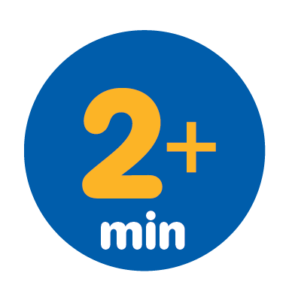 CLASS 10 | CONNECT IT!
CLASS 10 | CONNECT IT!
Pair up for an effective Connection Strategy workout.
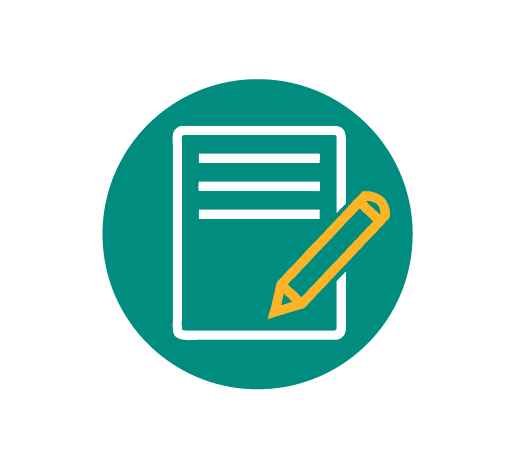
TRAINER OVERVIEW
- Timer or stopwatch
- Whiteboard or flip chart and markers
- Now Do It! worksheets and TBH Takeaway handouts, enough for each student.


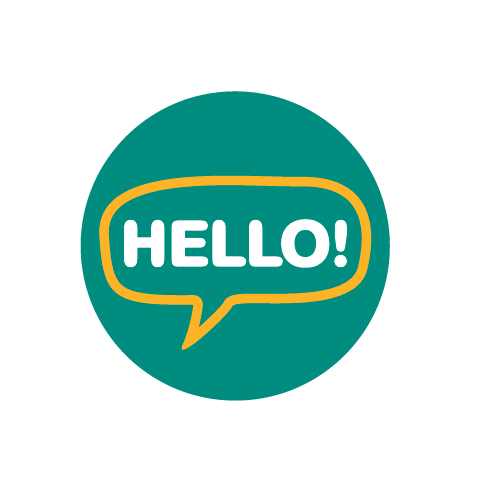
WELCOME TO CLASS
Welcome to today’s class. Our topic is “Connect It!”
Our TBH Blueprint focus is the “Strategize” action point.
Today we will work on training our brains to remember better using the Connection Strategy, a memory technique that can help us retain new information more easily.
We will be working on the following thinking skills today:
- Attention
- Nimbleness
- Verbal Skills
- Memory
- Problem Solving
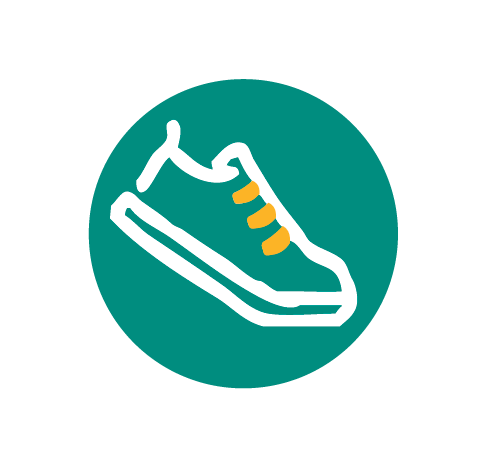
TBH LET'S GET IT STARTED
- Get everyone ready to learn with this seated toes-to-top
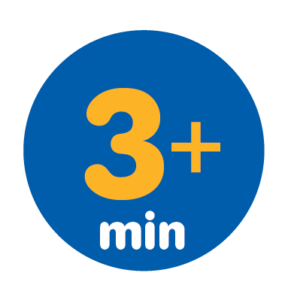 warmup.
warmup. - Use the TBH music to set your pace, or choose your own.
We are going to begin with TBH Let’s Get It Started!
Being physically active is great for our brains. This quick warmup is a great way to get focused, build energy and get us ready to learn. We’ll do this right at our seats at the beginning of every class. Just watch what I do and follow along!
(At end of warmup) Great job, everyone! We are started up and ready to go!
FEET GET STARTED!
- Rock feet together up on the toes, then back on the heels. 8 repetitions. Count together from 1 to 8.
- Alternate rocking action simultaneously with left foot starting with toe up and right foot starting with heel up. 8 repetitions. Count backward together H to A.
LEGS GET STARTED!
- Gently lift 1 leg off the ground and circle ankle. 8 repetitions. Count together from A to H.
- Gently lift alternate leg off the ground and circle ankle. 8 repetitions. Count backward together 8 to 1.
- March feet on the ground, alternating feet. 8 repetitions. Make “noise” with group.
HIPS GET STARTED!
- Circle upper body right to left. 4 repetitions. Offer 4 words to remember as the count.
- Circle upper body left to right. 4 repetitions. Repeat backwards the 4 words to remember as the count.
- Wiggle hips side to side. 4 repetitions. Ask class to recall 4 words to remember as the count.
ARMS GET STARTED!
- Gently shake arms to the side of the body.
- Circle wrists a few times in clockwise and counterclockwise.
- Flick fingers while circling arms first low in front, then below shoulder level, up high, out to the sides, and down front. 4 circle repetitions. Count by 2’s (2,4,6,8).
- Shrug shoulders up and down, alternating right left shoulder. 4 repetitions. Ask class to recall 4 words to remember as count.
- Roll shoulders forward, then backward. 3 repetitions each direction. Count together 1 to 3 and then 3 to 1.
VOICES GET STARTED!
- Say “OHHHHHHHHHH.” Have group say sound with you. Hold for a few seconds.
- Say “EHHHHHHHHHH.” Have group say sound with you. Hold for a few seconds.
- Say “AHHHHHHHHHH.” Have group say sound with you. Hold for a few seconds.
- Say “OH – EH – AH.” Hold each sound for a few seconds. 3 repetitions.
- Say “She says she shall sew a sheet.” Repeat this tongue twister exercise, focusing on articulation and participation. 3 repetitions.
MEMORY GETS STARTED!
- Ask class to recall 4 words learned as part of counts above.
BREATH GETS STARTED!
- Slow focus to bring awareness to sitting still in chair.
- Take a deep breath in through the nose and exhale out through the mouth.
- Give a full body shake and a wiggle.
- Give selves big hug, wrapping arms across waist and squeezing gently, as able.
- Thank selves and send some “TBH love” to our brains!
Click to open the TBH Let’s Get It Started! playlist.
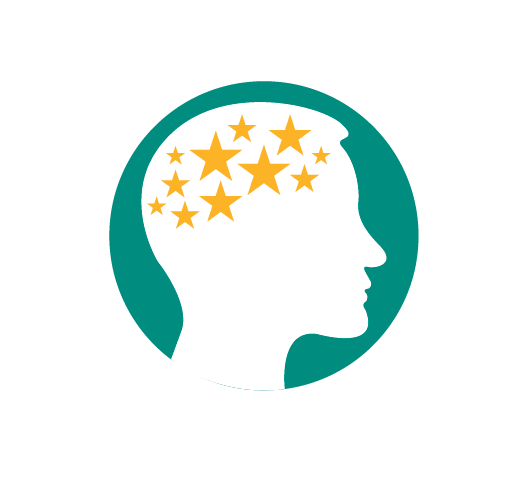
TBH BRAIN PLAY | Let's Connect
Now let’s do our “Brain Play.” Research shows that working against the clock is an important way we can keep our thinking focused, fast and nimble. And all these skills are essential to learning and remembering better. We will “play” with our brains at the start of every class to support these important cognitive skills.
Today’s Brain Play is called “Let’s Connect.” I’ll start us off by naming a word. The next person will take the last letter of that word and share a different word that begins with that letter, and so on with everyone taking their turn. For example, the word “happiness” might be followed by “sister,” and then the next person might say “raisin.” Just remember, you can’t use a word someone already used!
We’ll follow that pattern until we run out of time.
Let’s set a good pace by(clapping/snapping our fingers) as we go. Ready?
- Begin this Brain Play by naming a word, such as “golf,” “chair,” or “happiness.”
- Ask the student to your right to add a word that begins with the last letter of your word. Continue with each student taking a turn, using the last letter of the previous word as the first letter of their word. Go for as long as time allows.
- Have everyone clap or snap fingers to set a good pace.
- When repeating this class, use a new starter word.
- Encourage distance learners to join in from home.

LEARN THE SCIENCE
- Present the science behind the class.
- Allow for brief discussion of the science with your students.
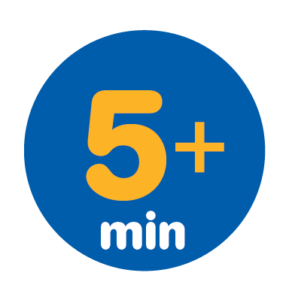
Today we’re going to learn the “Connection Strategy.” The Connection Strategy is a simple verbal association technique that works by giving meaning to new information through attaching it to information we already know.
To use the Connection Strategy, you simply make a connection between something new you are learning and something that you already know well. For example, if I meet someone named Michelle and need to remember her name, I can think about another “Michelle” I know, perhaps a friend with that name, or Michelle Obama, or even the Beatles’ song “Michelle Ma Belle.”
Here’s another example: Let’s say you just received new license plates and need to remember:
V 5 9 D W K
This combination of letters and numbers is pretty nonsensical, until you break it down and give each part meaning. Perhaps your favorite flower is violets, so the V can stand for violets. You were born in 1959, so the 59 is meaningful in that way. Now let’s say you spend a lot of your time in the car chauffeuring children: D W K could stand for “driving with kids.” Now your license plate is no longer a crazy jumble — it has meaning: A flower you love, a familiar date, and a phrase that sums up the main way you use your car. Violet 59 driving with kids!

NOW DO IT!
- Pair up to practice the connection strategy.
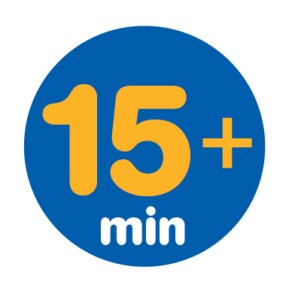
- Adapt as needed to include everyone as they are able.
Let’s train our brains by practicing the “Connection Strategy.” Let’s break into pairs.
Now, I’m going to write a prompt on the (whiteboard/flip chart). You will work with your partner to come up with a Connection Strategy to help you remember that information. You’ll have about a minute to discuss your strategy and then each pair will talk about the way they’ve connected the prompt to make it more memory-able!
We’ll do as many rounds as time allows. Ready?
- Option to distribute Now Do It! class worksheets.
- Break your class into pairs of two or three students.
- Write the Connect It! prompts on the whiteboard or flip chart, one at a time.
- Have pairs work together to apply the Connection Strategy to learn and remember the Connect It! prompts. Encourage all students to participate.
- Allow time for pairs to share their Connection Strategies with the group.
- Use as many prompts as time allows.
- When repeating this class, use different prompts.
- For virtual delivery modify workout to do “All Together.” Adjust scripting accordingly.
CONNECT IT! PROMPTS
7364
MATTHEW LEWIS
22 TULIP PLACE
UR2KND
SUSIE KRAMER
RED MILL FLOUR
5HGT21
RED RIVER INN
ARNOLD HOUSE

TBH TAKEAWAY
- Share this brief wrap-up to end
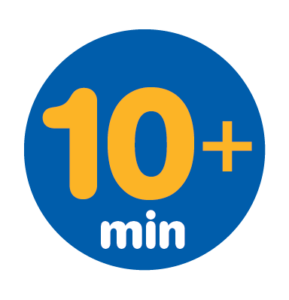 the workout.
the workout. - Distribute or email class handouts.
- Ask students to talk about one thing they will “take away” from today’s class.
While training our brains may seem daunting, learning effective, practical methods like the Connection Strategy can be simple. And memory strategies are habit forming! The more we practice them, the more likely we are to get comfortable using them, even without thinking about it!
Here is a handout you can take home to continue practicing the Connection Strategy on your own.
Can you think of ways you can practice the Connection Strategy this week?
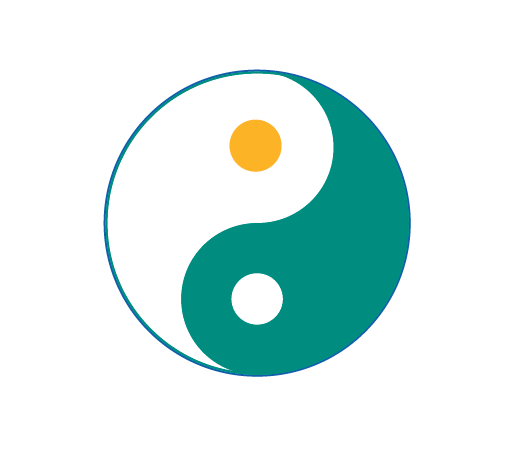
TBH TAKE A BREATH
- Lead this cooldown
 exercise to end class.
exercise to end class. - Use the TBH music to set your pace, or choose your own.
Let’s wrap up with “TBH Take a Breath.” Being mindful of our breath and sharing some positive thoughts is a wonderful way to acknowledge what we’ve learned together before we go back to our day. Research also shows that these kinds of exercises help us focus better and even learn more effectively.
- Have students get comfortable, resting both feet flat on the floor, hands resting in their laps.
- Have students close their eyes and keep them gently closed.
- Ask students to focus their attention on their breathing, noticing the rate and rhythm of their breath. Allow them to focus on their natural breathing for a few moments.
- Instruct students to begin rhythmic breathing. Ask them to inhale slowly and deeply through their nostrils, breathing gently into their chest and belly. Then ask them to exhale slowly through their lips, slowing the rate and rhythm of their breath.
- Have students continue rhythmic breathing, instructing them to continue to focus on gently and slowly inhaling and exhaling, allowing their attention to simply “ride” the wave of their breath. Allow them to focus on rhythmic breathing for several moments.
- Offer the following positive affirmation statements below in a calm, slow voice. Invite students to simply listen, repeat the phrase silently to themselves, or to think about what each statement means to them.
My mind is relaxed.
I am glad to train my brain.
I am glad to connect for better memory.
I am grateful for myself.
I take this time and this breath for me.
- Pause for several moments.
- End the exercise by inviting students to bring their awareness back to the room, gently opening their eyes and becoming more aware of their surroundings.
- Invite them to end practice with gratitude for taking a moment for themselves, for the chance to learn together and connect with each other.
Click for the TBH Take a Breath music playlist.
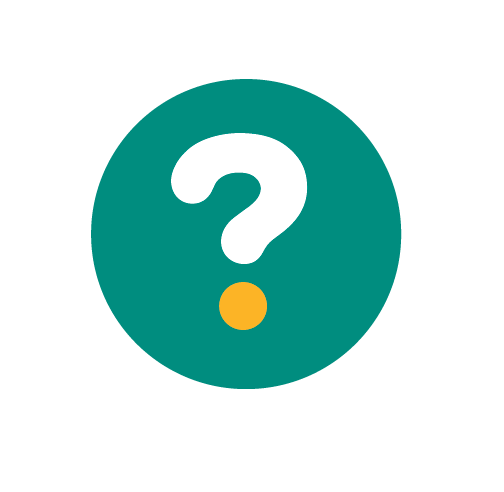
COMING UP NEXT
- Thank students for attending the class.
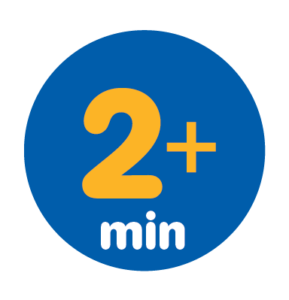
- Invite students to join you for the next TBH class.
I am glad we had this time to learn together today. It was so nice to give our memories a boost and connect with each other.
I look forward to seeing you for our next Total Brain Health class. Be sure to bring a friend!
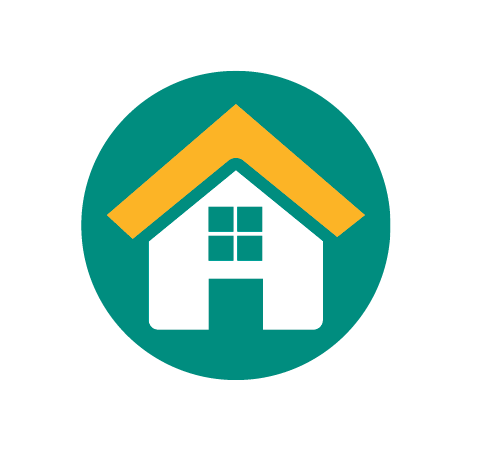
CLASS RESOURCES
NOW DO IT! WORKSHEETS
Use these optional worksheets to run your class.
Connect It! Worksheet. Use this worksheet to support the class exercise as needed.
TBH TAKEAWAY HANDOUTS
Distribute these optional handouts to extend the learning experience.
TBH Strategies: The Connection Strategy Handout. A recap of the importance of attention to memory and suggested daily attentional workouts students can use to extend their learning outside the classroom.






